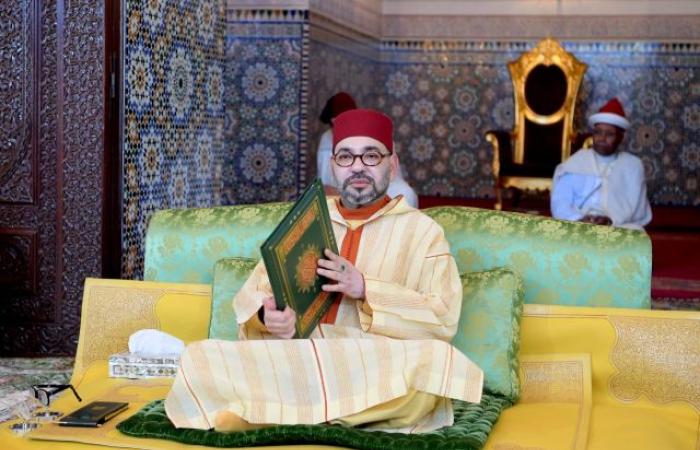
Wednesday April 16, 2025
The Moroccan peculiarity of the Commandery of Believers has devoted itself over the centuries, becoming a singular model reconciling historical, religious and political legitimacy, underlined, Tuesday, April 15 in Rabat, the Minister of Habous and Islamic Affairs, Ahmed Toufiq.
Intervening during a conference on the theme “The Grand Imamat and its foundation that is the act of allegiance”, organized by Dar El Hadith El-Hassania in collaboration with the site of the Moroccan-African religious constants, the Minister insisted on the importance of the Baïa as a religious pact whose role is essential for the preservation of the five necessities: religion, the spirit, Honor, with a view to achieving the purpose of sharia and guaranteeing the stability of the company.
Mr. Toufiq has, in this sense, noted the essential role of ulema as “witnesses” in the consolidation of the commandery of believers (Imarat al Mouminine), calling to promote the teaching of baia, its scope and its dimensions in schools and universities in order to promote this notion in future generations.
For his part, the director of Dar El Hadith El-Hassania, Abdelhamid Achak, indicated that the Imamat generally relates to the governance and management of people’s affairs, noting that it takes, in the Moroccan model, specific characteristics by being a noble contract.
The commandery of believers has always been the impenetrable fortress dedicated to the protection of Morocco external dangers and to the preservation of living together and internal cohesion, he explained, believing that this institution, in its religious and civil dimensions, refers to a model of interpretation in phase with the specificities of the Moroccan political model where one cannot envisage a “dissociation between the political and the spiritual”.
For his part, the Secretary General of the Superior Council of Ulema, Said Chabar, indicated that the commandery of believers represents a legal and religious tradition rooted in the history of the kingdom and covering both the religious and civil domains in the sense that it finds its foundation in the Holy Quran, the Sunna and the history of the Companions of the Prophet and the Caliphs of Islam.
-This tradition, strongly rooted and living in Morocco, constitutes much more than a simple political slogan, but a concrete reality on the religious, social, cultural, political and educational levels, he said.
He also reviewed the positive aspects of Imarat al-Mouminine in that it promotes the preservation of the balance between religious and temporal policy, including the prevention of all forms of excess, extremism and fundamentalism.
Mr. Chabar has, in the same context, noted that the commandery of believers manifests itself through the institutions which serve it through various social, educational and religious services, highlighting “the Moroccan singularity” represented by the functional services provided by Imarat al-Mouminine in the service of the tranquility and security of the fatherland.
The speakers during this conference addressed the notion and the dimensions of the Grand Imata and the Baia, based on religious legitimacy drawn from the Holy Quran and the Sunnah, as well as the commandery of believers as the main base on which the religious constants of the Moroccan nation rest, such as the Malikite rite and the purchasing dogma.
The closing session of this event was marked by recommendations relating to the missions of the Grand Imamat in the protection of religion and preserving the interests of the faithful, the notion of Baia and the importance given, within the framework of the commandery of believers, to the promotion of religious affairs and human development as well as its role in international relations and the preservation of national interests.
Participants also called to organize symposia and study days about the missions of the commandery of believers on religious and political levels, and to carry out educational activities on the themes of the Nation’s constants in favor of students and students.
(MAP: 15 Avril 2025)







